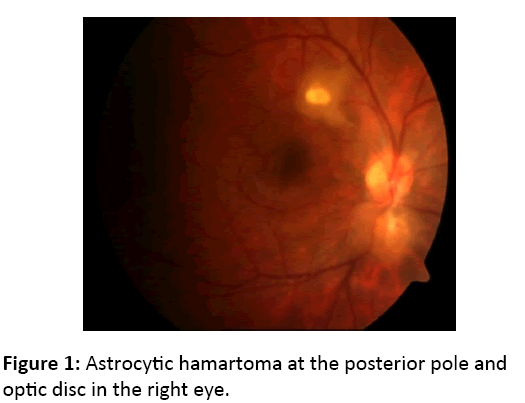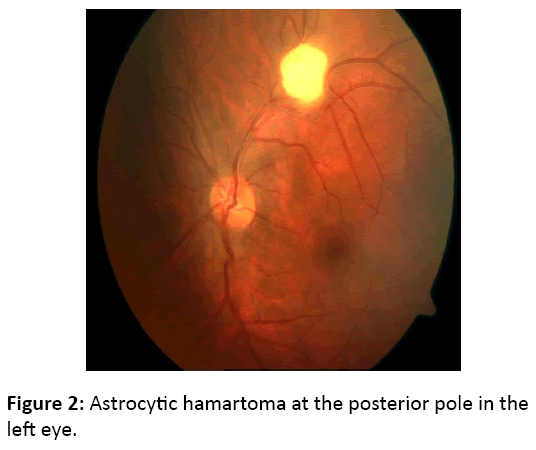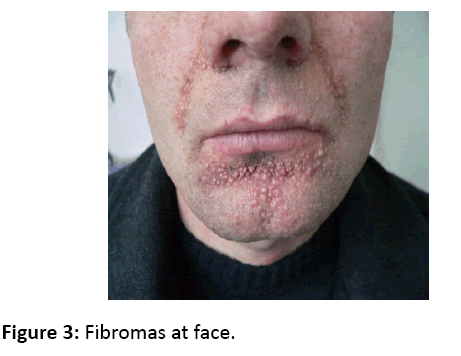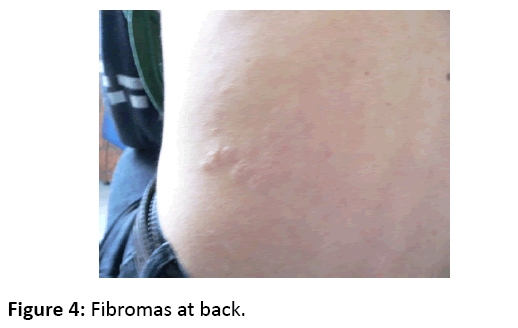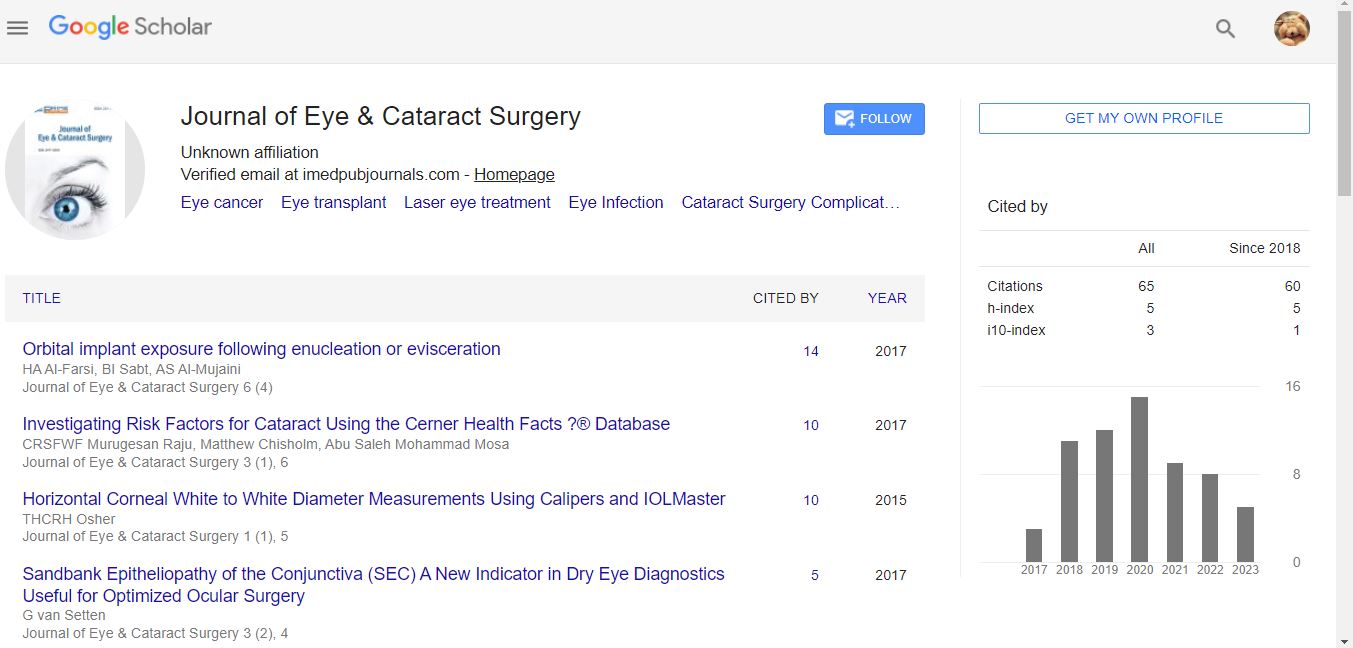Yasemin Ozdamar Erol* and Merve ÃÆÃââââ¬Ã
¾ÃÆââ¬Å¡Ãâðnanç
Department of Retinal Diseases, Ankara Ulucanlar Eye Education and Research Hospital, Turkey
- *Corresponding Author:
- Yasemin Ozdamar Erol
Department of Retinal Diseases
Ankara Ulucanlar Eye Education and Research Hospital, Turkey
Tel: +90 312 318 35 23
Fax: +90 312 312 48 27
E-mail: yasemin_oz@yahoo.com
Received Date: July 4, 2016; Accepted Date: July 4, 2016; Published Date: July 8, 2016
Citation:Erol YO, ÃÆÃââââ¬Ã
¾ÃÆââ¬Å¡Ãâðnanç M (2016) Tuberous Sclerosis and Astrocytic Hamartoma. J Eye Cataract Surg 2:12. doi: 10.21767/2471-8300.100012
Copyright: © 2016 Erol YO, et al. This is an open-access article distributed under the terms of the Creative Commons Attribution License, which permits unrestricted use, distribution, and reproduction in any medium, provided the original author and source are credited.
Introduction
A 21-year-old man presented to our clinic with routine ocular examination. His visual acuity was 20/20 in both eyes. Anterior segment findings and intraocular pressures were unremarkable in both eyes. Fundus examination showed elevated, yellowish and calcified astrocytic hamartoma at the posterior pole in both eye and next to the optic disc in the right eye (Figure 1 and Figure 2).
Figure 1: Astrocytic hamartoma at the posterior pole and optic disc in the right eye.
Figure 2: Astrocytic hamartoma at the posterior pole in the left eye.
He had fibromas on his face and back (Figure 3 and Figure 4).
Figure 3: Fibromas at face.
Figure 4: Fibromas at back.
The diagnosis of tuberous sclerosis was made early in his life. Ocular involvement occurs in approximately half of patients with tuberous sclerosis. Astrocytic hamartomas of the retina are the fundamental ocular manifestation of tuberous sclerosis. They generally do not grow, but over time some of the lesions may become calcified. Visual loss from retinal and optic nerve hamartomas rarely occurs. Because growth and change of the retinal lesions may seldomly occur, treatment is not indicated.

